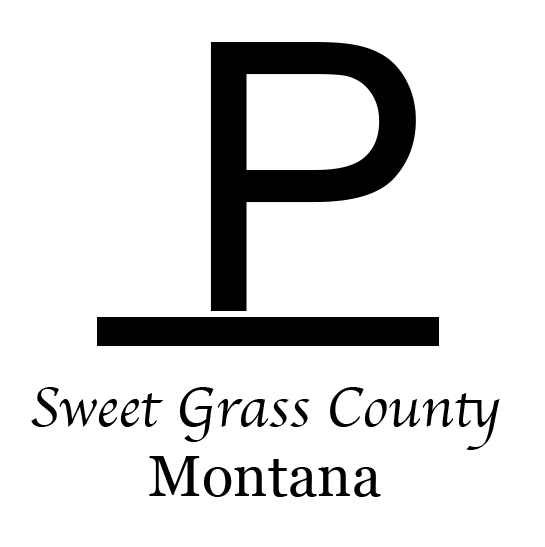Now That's Scary
From October Newsletter
This is Scary
I’ve been wanting to write for a while about some of the practices that happen with conventionally raised beef in the US. I’ve been reluctant because, frankly, the things that are common practice are really scary. I think we take a lot of it for granted because there is some government oversight so we presume it is safe and healthy. So, I figured Halloween was a good time to cover some of these frightening topics. This only scratches the surface on the issues with feed lot cattle and should strengthen your conviction as a customer of Hay Mama and grass-fed, antibiotic free beef of the importance of 1 )understanding where you food is coming from 2) eating food grown in the way it was meant to be grown and 3) avoiding factory farming products. In future newsletters I’ll tackle some of these topics in more depth, but for now, here are my Top 5 Spookiest Facts About Industrial Cattle.
1. Antibiotics. It is not a secret that the vast majority of cattle raised in the US consume antibiotics in their food supply. Antibiotics promote growth in animals, and a cow given subtherapeutic antibiotics in their food and water grows to full weight in about 16-18 months (versus our cattle which are full weight at 24-30 months). Because of the unsanitary and confined living conditions at feedlots, antibiotics are also used for both disease prevention (when one cow in the herd is sick and they treat them all) and disease treatment for a sickened cow or herd. Lastly, because the cattle are eating large quantities of food that are not the type of food they’ve evolved to properly digest, they are vulnerable to multiple diseases. The widespread subtherapeutic use of antibiotics has led to concern that such practices are contributing to the emergence of resistant strains of bacteria that propose risk to human health. In addition, do we really want to eat meat from cows consuming antibiotics?
There are a many scientific articles worth reading and here are a couple you should check out if you want to learn more. One is from the American Academy of Pediatrics on the dangers of this practice and where they have come out against the practices of adding antibiotics to livestock feed and also one from Consumers Union on why this practice needs to be eliminated for the sake of human health.
So, be sure the meat you are eating is antibiotic free and especially free from subtherapeutic antibiotics.
2. Corn. Cows are ruminants, meaning they are animals with four-part stomachs. They have evolved a complex system that makes them perfect for consuming and digesting grass and converting that grass into muscle and fat. It’s not natural for cows to eat large quantities of corn, soy beans and other grains in large part because they are ruminants. Animals on a grain-based diet suffer from many health issues including bloating, excess gas (the methane problem that is talked about often in the context of climate change), and liver disease. In addition, cows consuming grain are more susceptible to E.coli infections which can contaminate the meat and Acidosis, a chronic disease caused by a corn diet, is found in 13-32% of the cattle slaughtered.
3. Feed lot conditions. Most cattle are born in pasture and once they are weaned they are trucked to feedlots for fattening. If you have driven I5 through the Central Valley you have undoubtedly seen (and smelled) the vast expanse of cattle in feedlots near Harris "Ranch". Cattle living in feed lots no longer graze but instead stand in cramped quarters in mud and manure in a loud, stressful, and smelly environment. They get very little physical activity which leads to weak muscles and a much paler meat. Their "diet" is delivered to concrete troughs in trucks, and there is not a blade of green grass in sight.
4. Animal treatment. This is perhaps, in my opinion, the scariest part of conventional beef. The handling and treatment of cattle at feed lots and large scale slaughterhouses can be horrific and has been well documented. There is a really well done (although challenging to read because it is pretty disturbing) article from Rolling Stone that follows a group of animal rights activists who infiltrated factory farms to expose the atrocities there.
As Temple Grandin, the well known expert on animal handling who is working hard to change industry practices says, we must respect these animals who are serving this purpose. "I think using animals for food is an ethical thing to do, but we've got to do it right. We've got to give those animals a decent life, and we've got to give them a painless death. We owe the animal respect.”
5. Additives. Again, there is so much we could say on this topic. For me, the part that is most scary is how little is or has to be labeled. From pink slime to the acid that is sprayed on commercial carcasses at slaughter, if it is a low enough percentage of the overall product, it does not have to be disclosed. You can argue about whether these practices are healthy or necessary, but I for one think ALL things added at any level to the beef should be disclosed and any processing that has been done should be listed. Consumers have a right to know what they are buying and putting into their bodies. By purchasing from small producers who provide full transparency, and who tend to avoid additives and chemicals you can have much more confidence about what you are consuming. Hay Mama beef is processed one cow at a time and each package can be traced back to a single cow and nothing is added. Isn't that what we should expect from our food producers?
In a recent interview, Michael Pollan talks about the beauty of cattle grazing. The interviewer asked, "[Cows] can take this grass which we can't digest, very few creatures can digest, and turn it into [fuel]. What is so amazing about that?"
Pollan's response: "Well, a cow out on grass is just an incredible thing to behold. ... Cows and other ruminants can do things we just can't do. They have the most highly evolved digestive organ on the planet, called the rumen. And the rumen can digest grass. It takes grass, cellulose in grass, and turns it into protein, very nutritious protein. We can't do that. We can't digest grass. So to take land that is not good enough for agriculture -- that's growing grass and nothing else, that's been doing that for 10,000 years since the buffalo -- and put a cow on it ... there's something beautiful about that, and it's just the way it was meant to be."


